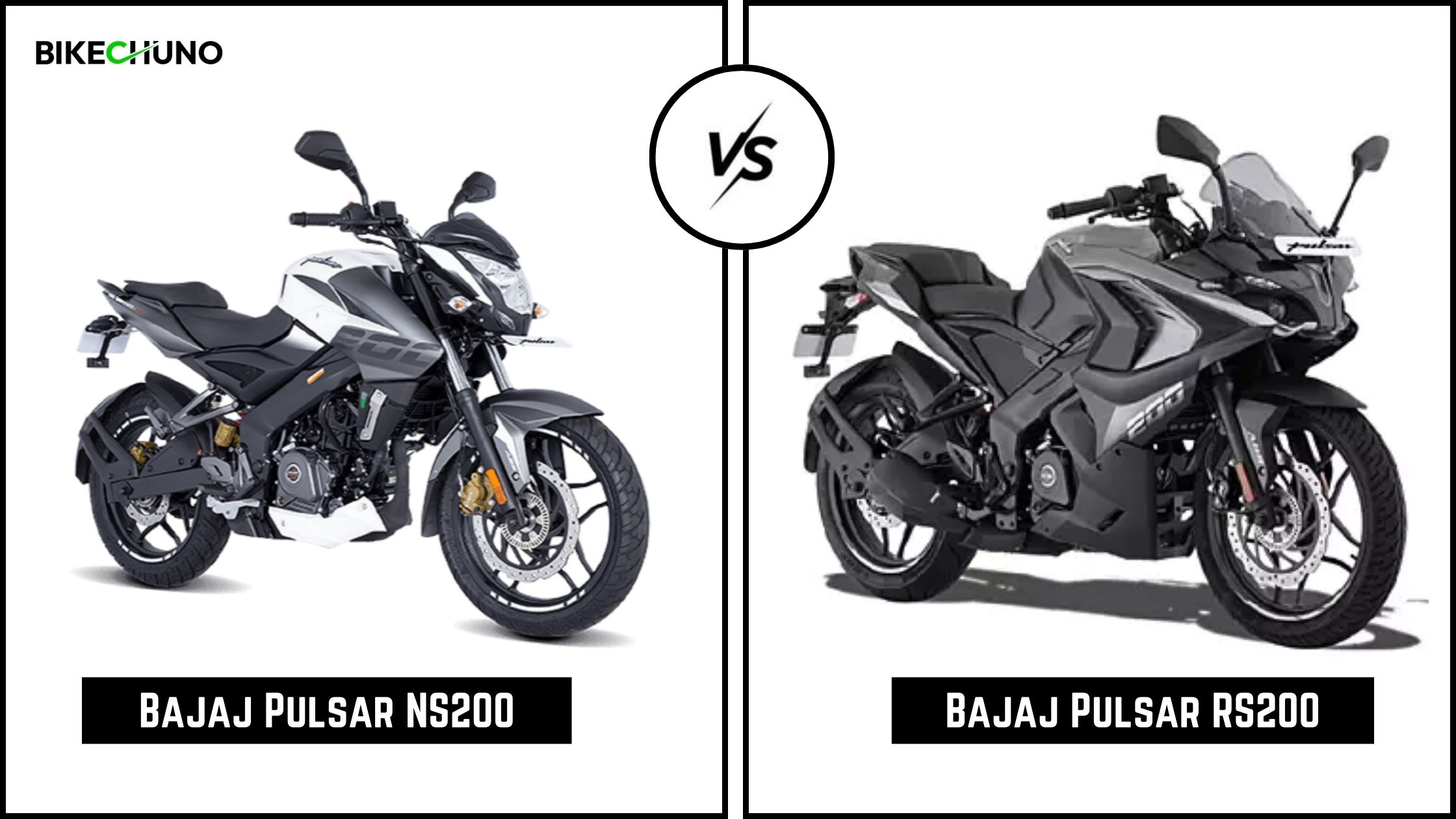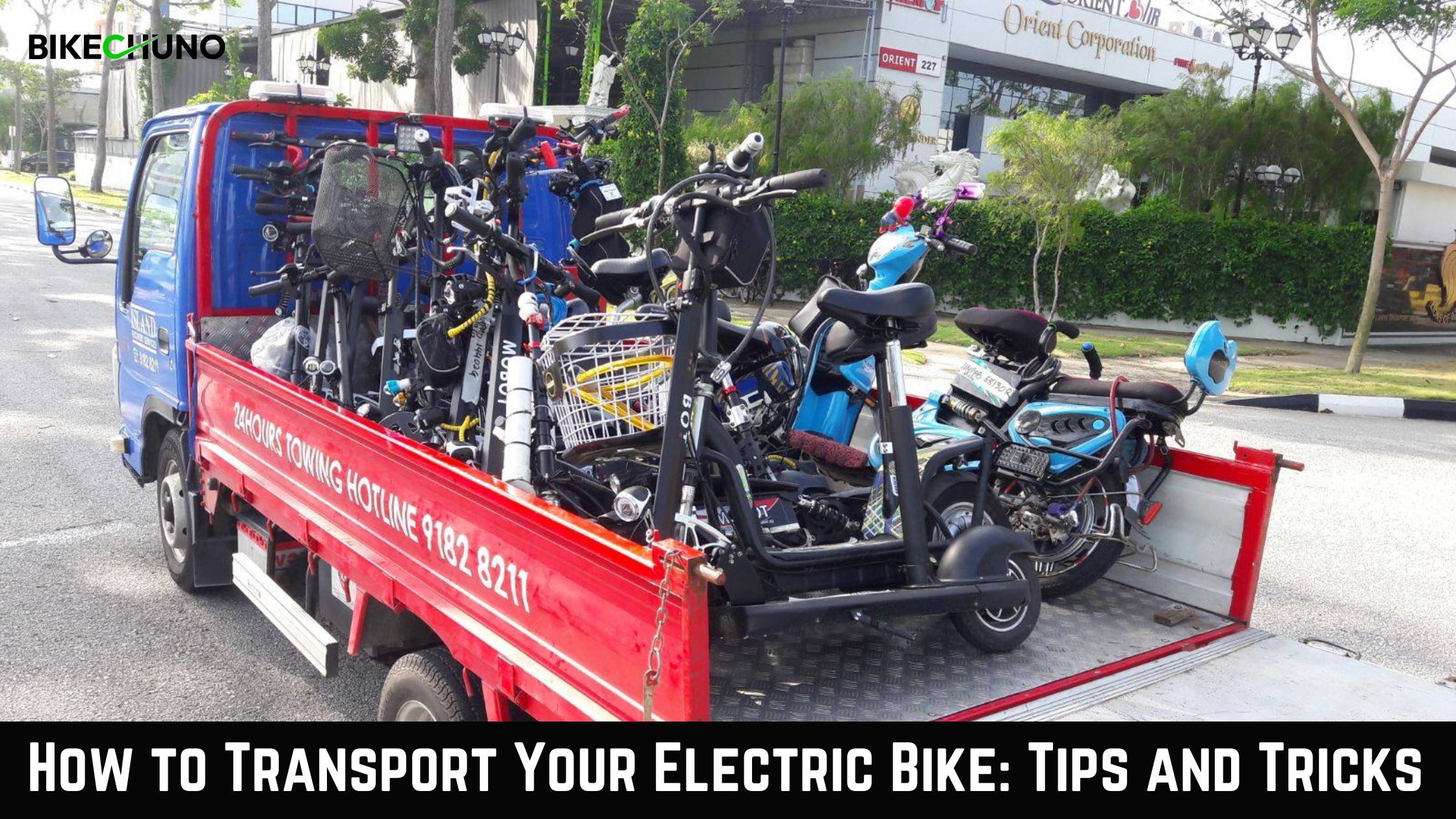
You’ve probably noticed a flurry of news in recent weeks about electric scooters catching fire in India. The accidents are a source of concern for India’s young automobile industry and everyone who has made or is considering the transition. Electric scooter sales have more than doubled this year.
However, some prospective buyers are reconsidering their purchase of electric vehicles in India because of the flames. In several tweets, Road Transport and Highways Minister Nitin Gadkari targeted electric vehicle (EV) manufacturers. Several accidents involving electric two-wheelers have been reported in the last two months.
By 2030, India wants the best electric scooters and motorcycles to account for 80% of total two-wheeler sales. They currently account for only 2% of the market. The government is eager to have these manufactured locally and provides numerous incentives to the sector. However, these fires can delay that by several years.
The first video to go viral on social media was the Ola fire in Pune, which showed one of its popular black-colored S1 Pro scooters producing smoke before soon engulfing a fire on a crowded street. A day after this occurrence, another e-bike caught fire due to an electrical short circuit in Vellore, Tamil Nadu. This one claimed the lives of two persons.
However, e-scooter sales have been driving India’s clean mobility revolution, which is why the industry is vital. According to industry figures, annual sales will likely exceed a million devices by March 2023, up from 150,000 last year. Ola Electric scooter valued at $5 billion, produces 1,000 scooters daily and wants to manufacture electric cars and battery cells in India.
EVs are powered by lithium-ion batteries, which are thought to be safer, more efficient, and lighter than their counterparts. However, if these batteries are manufactured incorrectly, they can cause a fire. Some have blamed the fires on rising temperatures in our cities and the EV battery’s weak thermal management technology.
However, some specialists disagree. There’s Arun Vinayak, for example. He is the CEO and creator of Exponent Energy, a Bangalore-based firm that manufactures a battery pack and charging station.
According to him, an EV made up of lithium-ion cells needed a few hundred degrees Celsius before catching fire. So, while hot weather and insufficient thermal management systems of the battery can reduce its performance and possibly shorten its life, they do not cause fires. As a result, this is critical.
Most current batteries of this type are designed to shut down automatically at temperatures between 45 and 55 degrees Celsius. According to experts, 99 percent of battery fires are triggered by short circuits that result in an uncontrolled current; the only scenario in which cells heat up to 100 degrees Celsius is the short course. To catch fire, a lithium-ion battery must first reach a few hundred degrees Celsius temperature.
Specialists say short circuits occur due to low cell quality and bad battery design, regardless of the ambient temperature.
ADVICE:
For certain battery types, only use genuine and authentic chargers. Keep batteries at standard temperature and avoid charging them within one hour of use. Letting the batteries cool down before charging them is also a good idea. So use them and let them cool before charging them again. But keep that one-hour delay in mind.
Protect your vehicle and batteries against high temperatures. The battery and charger should be kept in a clean, dry, and well-ventilated environment. Avoid leaving batteries totally charged or wholly depleted. They should ideally be kept between 20 and 80 percent. Let’s hope we find out what’s causing these flames soon and that they can be put out, but until then.



